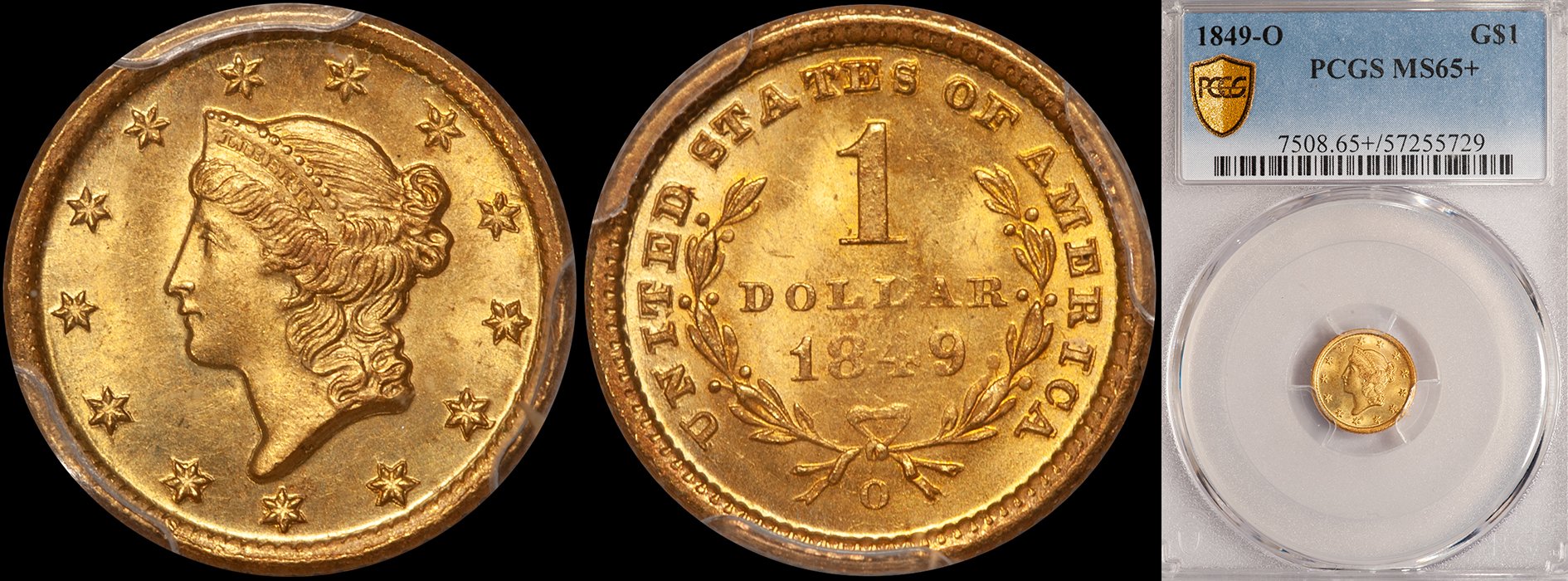AU58 New Orleans Eagles: A Case Study
/Take two 1842-O Liberty Head eagles in NGC AU58. One is worth $11,500 and gets multiple orders on my website within hours of being posted. The other sells in an auction for $6,325 and is a marginal value. Why is one coin worth nearly twice as much as the other despite the fact that they are the same date in the "same" grade? The coin(s) in question is, as I stated above, an 1842-O eagle in AU58. A little background information on this issue is appropriate to help better understand the issue at hand. A total of 27,400 examples were produced. This issue saw extensive use in commerce and it is essentially the first available eagle from this mint given the rarity of the 1841-O (only 2,500 were produced). When available, the 1842-O tends to be in VF and EF grades and it is scarce in the lower AU grades. It becomes rare in properly graded AU55 and it is very rare in AU58. This issue is an extreme rarity in Mint State with just two or three known. The second finest of these, graded MS61 by PCGS, just brought $74,750 in the August 2010 Stack's auction.
I bought the NGC AU58 example illustrated below at the recent Philadelphia coin show sponsored by Whitman and it was among my best purchases at the show. I paid a strong price for this coin but was happy to do so (and would do so again).
What makes this a special coin? I was really attracted to this coin by its originality. It has superb deep original coloration on the obverse and reverse which suggests that it has never been cleaned or dipped. Notice the depth of the color and how even it is on both sides. I also like how clean the surfaces are. This is an issue that is typically found with densely abraded surfaces and even the MS61 piece that I mentioned above had considerable marks on the surfaces. This example, however, was immaculate. The luster of this coin, while a bit subdued as a result of the intensity of the color, is undisturbed; a result of its not having been cleaned, dipped or processed. This coin has wonderful overall eye appeal and this sort of "look" is much appreciated by connoisseurs of U.S. gold coins.
Now take a look at what I consider to be a very average "commercial quality" NGC AU58 that was last sold as Heritage 4/10: 3705. This coin brought $6,325. If you were the successful bidder, you might want to cover your eyes and not read this paragraph but...I didn't like this coin. Why didn't I like it? A number of reasons. First, I think the coin was over-graded. I regard it to be little better than AU50 to AU53 and have a problem with it in a 58 holder. Secondly, the coin is almost entirely unoriginal. It has little natural luster and is brighter than I would like to see in a coin graded AU58. Finally, it is very scuffy for the date and grade. There are numerous marks in the fields and the luster is clearly broken on both the obverse and reverse. A detracting elliptical-shaped mark below star six might possibly be mint-made but, to me, it really hurts the overall eye appeal.
Here's an instance where a plus grade would help distinguish the coins a bit or, even better, a designation of "original surfaces" could be placed on the DWN AU58 which might allow potential buyers to know the coin is special.
The difference in values for this issue in this grade is not a one-time occurrence. Heritage 4/06: 3915, a remarkably clean AU58 example in a PCGS holder, brought $15,065. This is more than two and a half times the amount that Heritage 4/10: 3705 brought earlier this year.
The moral of the story is that a grade on a holder is important but coins still sell themselves based on excellent visual appeal.












